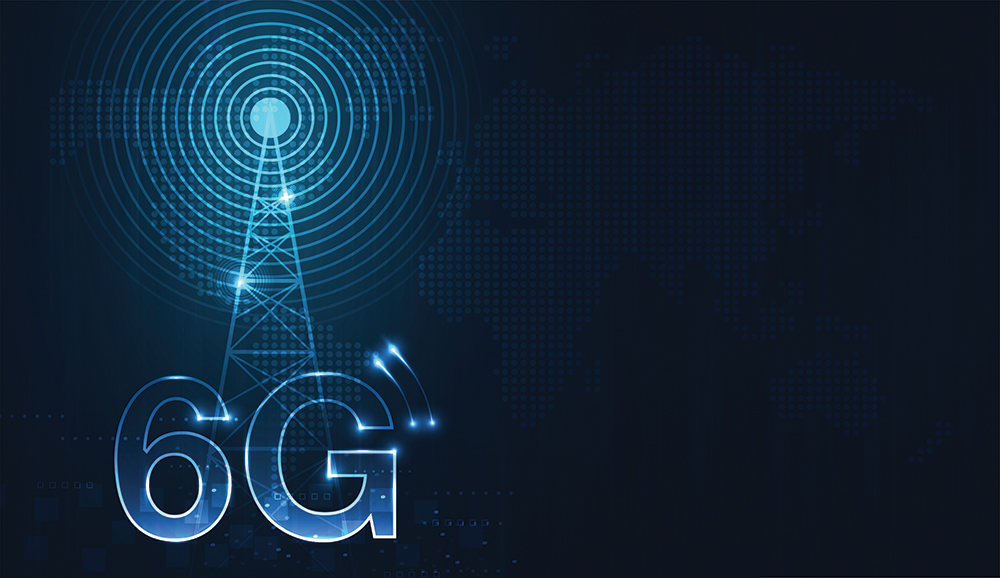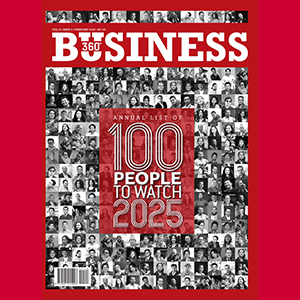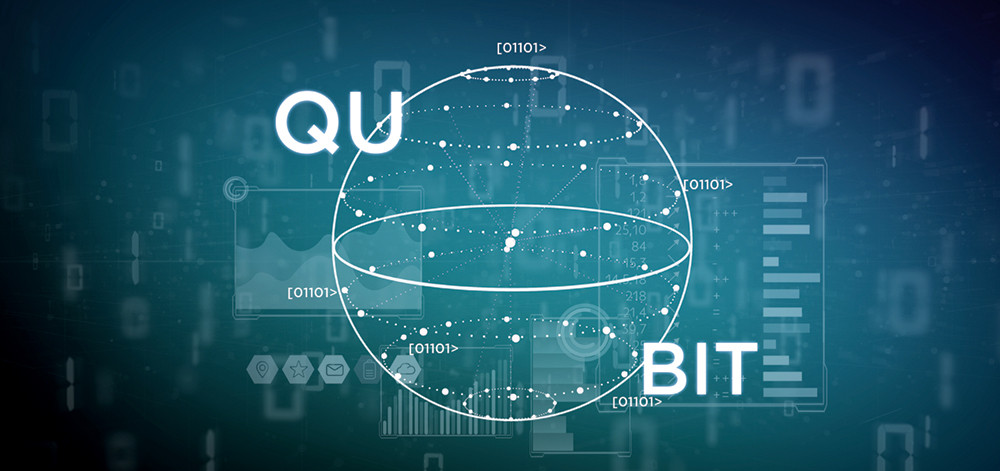
The next-generation wireless network, 6G, is expected to revolutionise the way we communicate and interact with technology. While 5G is still in its early stages of deployment, researchers and engineers are already working on developing 6G technology. This article will explore the potential impacts of 6G on business, education and health.
6G is the sixth generation of wireless technology which is expected to succeed 5G. It is still in the research and development phase, and the standards and specifications for 6G are yet to be defined. However, it is expected to provide faster data transfer rates, lower latency, higher bandwidth, and more reliable connectivity than 5G. As with any new technology, the possibilities of 6G in Nepal depend on several factors, including infrastructure, government policies, and investment in research and development. Here are some potential possibilities of 6G in Nepal.
It can significantly improve connectivity in Nepal by providing faster data transfer rates, lower latency and higher bandwidth. This can help businesses and individuals access information and communicate more efficiently, improving productivity and quality of life. The faster data transfer rates and lower latency of 6G can open up new business opportunities in Nepal. For example, it can enable the development of new technologies, such as smart cities and Internet of Things (IoT) devices, which can create new business opportunities and generate economic growth.
6G can also enable remote learning and healthcare services in Nepal, which can provide access to education and healthcare services for people in remote areas. It can help bridge the gap between urban and rural areas, improve healthcare outcomes, and provide opportunities for lifelong learning. Nepal’s tourism industry can benefit from the improved connectivity and new technologies enabled by 6G. For example, it can provide tourists with immersive and interactive experiences, such as virtual reality tours of historic sites and cultural landmarks.
However, it is important to note that the development and deployment of 6G in Nepal will require significant investment and collaboration between the government, private sector and academia. The government can play a crucial role in facilitating this process by providing policies and incentives that encourage investment in research and development, and by improving the country’s digital infrastructure.
Bringing 6G technology to Nepal would require a concerted effort from the government, private sector and academic institutions. There are some steps that could be taken to bring 6G to Nepal. The government could develop a national 6G strategy that outlines the country’s goals and objectives for adopting the technology. The strategy should focus on building the necessary infrastructure, investing in research and development, and creating policies that encourage investment in the sector.
6G requires a robust and reliable digital infrastructure. The government will need to invest in building the necessary infrastructure, including fibre-optic networks, data centres, and mobile base stations. It could also partner with private sector companies to accelerate the deployment of 6G infrastructure. The government will have t0 create policies and incentives that encourage investment in the 6G sector. For example, it could offer tax breaks, grants or other incentives to companies that invest in 6G research and development or deploy 6G infrastructure.
Collaboration between the government, private sector and academic institutions is essential for the development and deployment of 6G in Nepal. The government will be required to facilitate collaboration by creating platforms for stakeholders to share information and ideas, organize workshops and conferences to promote dialogue and knowledge-sharing. The development and deployment of 6G in Nepal will require a skilled workforce with expertise in fields such as computer science, electrical engineering and telecommunications. The government could work with academic institutions to develop training programmes and courses that equip students with the necessary skills.
Bringing 6G to Nepal will require long-term and sustained effort from all stakeholders. By building the necessary infrastructure, encouraging investment, fostering collaboration and developing a skilled workforce, Nepal can strategically work to position itself as a leader in 6G technology in the region.
Difference between 5G and 6G
5G and 6G are two generations of wireless technology that offer different levels of performance and capabilities. 6G is expected to offer significantly faster data transfer rates than 5G. While 5G can offer speeds of up to 20 Gbps, 6G is expected to offer speeds of up to 1 Terabit per second (Tbps), which is 50 times faster than 5G. 6G is expected to have lower latency than 5G, which means that it will have shorter delays in data transmission. 5G has a latency of around 1 millisecond (ms), while 6G is expected to have a latency of around 100 microseconds (µs), which is 10 times faster than 5G. Likewise, 6G is expected to operate in higher frequency bands than 5G, which could offer higher bandwidth and faster speeds. While 5G operates in frequencies of up to 52 GHz, 6G is expected to operate in frequencies of up to 1 THz. 6G is also expected to use new technologies that are not currently available in 5G. For example, it could use terahertz frequencies, new antenna designs and advanced signal processing techniques to enable faster and more efficient wireless communication. In addition, 6G is expected to enable new applications that are not possible with 5G. For example, it could enable the development of holographic displays, immersive virtual reality experiences, and real-time remote surgery. It is expected to be more power-efficient than 5G which means it will require less energy to transmit data. This could result in longer battery life for devices and lower energy costs for infrastructure. 6G represents a significant leap forward in wireless technology, offering faster speeds, lower latency and new applications that were not possible with 5G. While 5G is still in its early stages of deployment, 6G is expected to be commercialised in the mid-2030s.Impact on Business
The faster data transfer rates and lower latency of 6G can significantly impact businesses. It can enable real-time communication and data processing, which can improve business operations, increase efficiency, and reduce costs. For example, businesses can use 6G to monitor their supply chains in real time, optimise production processes, and provide better customer service. Moreover, 6G can enable the development of new technologies, such as autonomous vehicles, smart cities and IoT. These technologies can create new business opportunities and change the way we live and work. For example, 6G can enable the development of smart factories, which can automate production processes, reduce human error, and improve product quality.Impact on Education
The faster data transfer rates and lower latency of 6G can also have a significant impact on education. It can enable remote learning, which can provide access to education for students in remote areas or those who cannot attend traditional schools. Moreover, it can provide immersive and interactive learning experiences, such as virtual reality and augmented reality, which can enhance the learning process. 6G can also enable the development of new educational technologies, such as intelligent tutoring systems, which can provide personalised learning experiences based on the student’s performance and learning style. It can also enable the development of educational games and simulations, which can make learning more engaging and fun.Impact on Health
The faster data transfer rates and lower latency of 6G can also impact healthcare significantly. It can enable remote healthcare, which can provide access to healthcare services for people in remote areas or those who cannot visit healthcare facilities. For example, doctors can use 6G to conduct remote consultations, monitor patient health in real time, and perform remote surgeries. 6G can enable the development of new healthcare technologies, such as wearable devices, which can monitor patient health and provide real-time feedback to doctors. It can also enable the development of health-related IoT devices, such as smart sensors, which can monitor environmental factors that affect health, such as air pollution, and provide real-time data to doctors and patients.
Published Date: April 30, 2023, 12:00 am
Post Comment
E-Magazine
RELATED BitsNBytes





